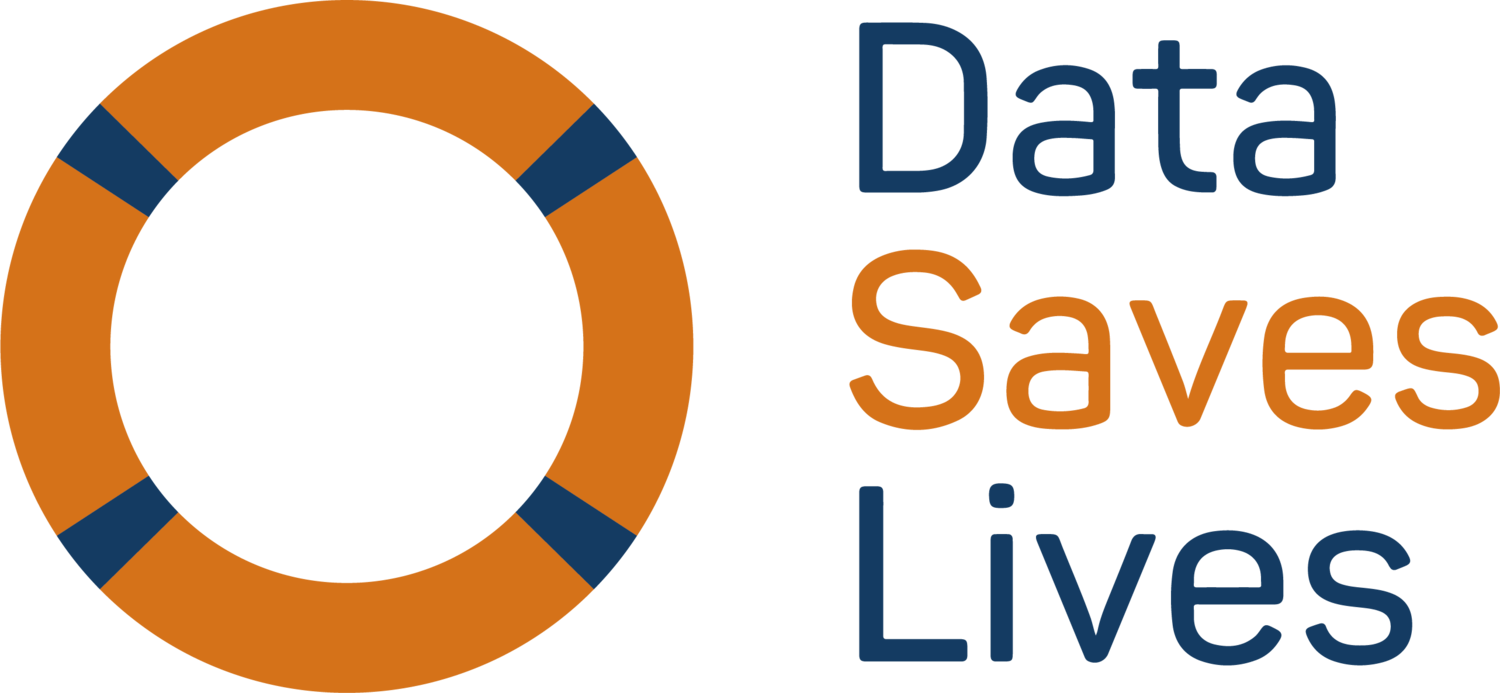Using real world data (RWD) from patient databases to understand who could benefit from treatment
In this case study we examine how analysis of real-world patient data gathered from local Health Units can be a useful tool to assess adherence to treatment, in addition to estimating the population who might benefit from a fixed-dose combination medicine.
Medication adherence is a significant issue for many patients with co-morbidities
Cardiovascular diseases (CVDs) are the most common cause of death worldwide. World Health Organization (WHO) estimates that 17.9 million people died from CVDs in 2019, equating to 32% of all global deaths.[i] Many patients have multiple CVD risk factors, such as high blood pressure, high cholesterol and high lipids, and therefore require multiple different treatments to manage these conditions.[ii] However, studies have shown that in real-world settings, treatment adherence is poor in this patient group.[iii], [iv] Understanding treatment adherence is a complex issue, with many factors contributing towards this, such as a patient’s personality, socio-economic status, and the ability to communicate with their clinical team.
Low adherence reduces treatment benefits for patients and in turn places a significant burden on the healthcare system as treatment takes longer. Therefore, there is an urgent need to simplify treatment regimens of the existing best in class molecules to increase adherence and to improve clinical outcomes
RWD is a valuable source of patient information
One study, which is the focus of this case study, looked to determine the number of patients who might be eligible for a triple fixed-dose treatment (a single tablet combining atorvastatin/perindopril/amlodipine (CTAPA)), and to estimate if an unmet medical need exists among these patients.
Patient anonymity is paramount to ethical research
This was an observational retrospective study based on data from 2,292 adult patients, which was obtained from three Italian Local Health Units. Each patient was identified in the databases by an anonymous code, therefore no identifiers related to patients were provided to the researchers. All the results were produced as aggregated summaries (collective data), which are not possible to assign, either directly or indirectly, to the individual patients.
RWD data can be used to understand current unmet need
All patients had a prescription for CTAPA as individual tablets, and the study found that only around half (54%) of patients took their treatments as prescribed. The findings allowed the team to estimate a clear unmet need. Considering the total Italian national population, approximately 69,665 patients with high blood pressure were potentially eligible for treatment with fixed-dose combination therapy during 2014, which may have improved adherence.
This is an excellent example of how RWD can be used to provide evidence of an important unmet need, which could only have been identified using real-world evidence analysis. The findings can help healthcare professionals and researchers to explore possible interventions, which in this case, could be a simplified treatment regime (fixed-dose combination medicine) that may improve adherence levels.
Further information
High Blood Pressure & Cardiovascular Prevention (2019) 26:399-404 https://link.springer.com/article/10.1007/s40292-019-00336-2
With Special thanks to Samuele Doratori, Head of Cardiometabolic and Venous Diseases at Global Medical and Patient Affairs (GMPA), SERVIER, Valerie Lehner-Martin, Medical Excellence and Real-World Director, GMPA SERVIER , and Luca Degli Esposti, CEO, CliCon S.r.l. Società Benefit Health, Economics & Outcomes Research, Bologna.
[i] World Health Organization. Cardiovascular diseases (CVDs).
[Internet].https://www.who.int/health-topics/cardiovascular-diseases#tab=tab_1). Accessed 1 August2022
[ii] Perrone V, Veronesi C, Gambera M, Nati G, Perone F, Tagliabue PF, Degli Esposti L, Volpe M. Treatment with Free Triple Combination Therapy of Atorvastatin, Perindopril, Amlodipine in Hypertensive Patients: A Real-World Population Study in Italy. High Blood Press Cardiovasc Prev. 2019 Oct;26(5):399-404. doi: 10.1007/s40292-019-00336-2. Epub 2019 Aug 28. PMID: 31463886.
[iii] Crim MT, Yoon SSS, Ortiz E, Wall HK, Schober S, Gillespie C, et al. National surveillance definitions for hypertension prevalence and control among adults. Circ Cardiovasc Qual Outcomes. 2012;5(3):343–51.
[iv] Volpe M, Tocci G, Trimarco B, Rosei EA, Borghi C, Ambrosioni E, et al. Blood pressure control in Italy: results of recent surveys on hypertension. J Hypertens. 2007;25(7):1491–8.

